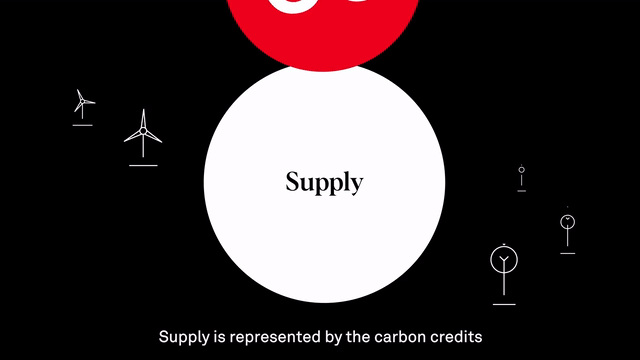What factors determine supply and demand in the VCM? This video explores the two sides of the equation.
Learn more about Platts carbon price assessments and indices, daily news and market commentary, from S&P Global Commodity Insights.
Demand in the VCM is driven by global corporates’ net zero commitments and their yearly retirement cycles. Several factors affect demand, including overall economic activity as well as corporates’ decarbonization efforts, regulation, and the interaction of the VCM with compliance markets.
Supply is represented by the carbon credits issued by project developers. It can be analyzed by looking at actual credit issuances and at forecasted issuances.
Certifiers of carbon projects hold registries of all the credits issued and retired, and track projects that are awaiting approval.
Supply of credits is incentivized by market value – and influenced by the costs of the underlying carbon projects as well as technology developments. For example, Tech-based removals are currently underpinned by early stage and capital-intensive technology and are scarcer than nature-based removals.


